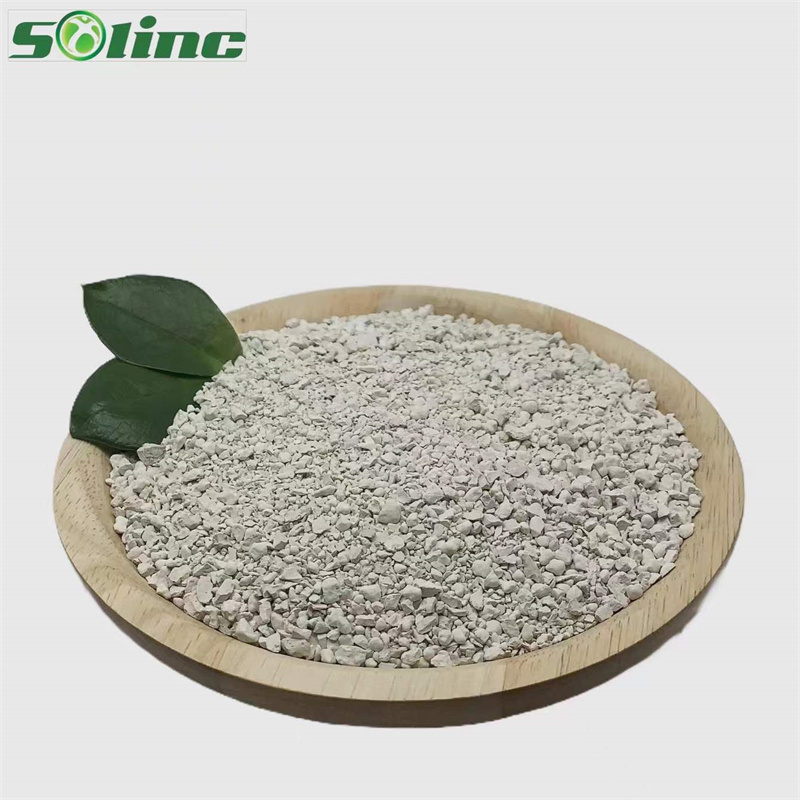Between the Fencerows: The goal is to boost yield with the same amount of product by focusing on the poor spots in a field.
Well, by the time I looked around last week, the week was over. It was Saturday and I was an hour east with daughter number two at an indoor softball tournament and my wife was 2 hours the other direction with daughter number one at a college prospect softball camp. So it ended up that I pretty much took the week off. calcium nitrate granular

With a few exceptions, this week has been back to the grind of spring planning. I’d say about 50% of our plans were solidly in place by the end of December. Seed decisions were pretty firm and corn chemistry was checked off the list. The big looming project is fertilizer. I have been viewing and reviewing prescription maps.
We have all of our fields grid sampled. For us that means our agronomist comes out and pulls soil from every 1.1- or 2.5-acre square in the field. The soil goes back to his lab, tests are run, and before long we receive our results telling us what nutrients are in the soil.
The idea behind breaking fields down to grids as small as 1.1 acres (even finer that that as software extrapolates values between sample points) is to do a better job putting nutrients where they are needed. Deficient areas will receive more nutrients while abundant areas will receive no or only ‘maintenance’ applications. Over time you hope to have more of a balanced field without spending much more money, and preferably not a dime more.
Many times, we are told it is easier to raise yields on poor areas of the field than it is to raise yields on the best parts. Grid sampling fits in with this philosophy.
So, the idea of grid sampling is very sound, however, implementation can be difficult. Soil is tested for many nutrients. Prescriptions can be returned for most all of these and product rates vary constantly across the field based on soil characteristics and soil test results. It becomes a balancing act of which products are the most important, how many trips across a field are practical, and how much you can budget to spend.
Most custom applicator machines around here have twin bin machines, that means we can have two products applied on the same trip across the field. When we feel it is necessary to address more than two products, we will have to pay for a second trip across the same field. None the less, every time a spreader truck goes across one of my fields my goal is to have two products applied, whether I’m applying a macro-nutrient like nitrogen, phosphorus or potassium (N,P, or K) across 100% of the area or touching up on a micro-nutrient (like copper, zinc, or manganese) on 15% of the field.
If a machine is driving across the field, I want to get the most out of that trip.
After graduating from Purdue University in 1999 with a degree in Agricultural and Biological Engineering, Kyle Stackhouse began farming in Plymouth, Ind., in northern Indiana. Kyle farms alongside his father Brad, not as an employee but as an owner who runs separate businesses in three counties in a 20-mile radius. Kyle shares insight into day to day operations, current issues, and management of the family's mid-sized grain farm that specializes in NON-GMO and Identity Preserved crops.
Enter a zip code to see the weather conditions for a different location.
How to tell your farm story using social media
Manage grazing for productivity, resiliency
How much rain would build back subsoil moisture?
Texas producer finds new solutions to old problems
PhytoGen reigns as undisputed champ in Mississippi university trials
5 things seed tender owners should check before spring.

potassium sulphate taiwan Copyright © 2024. All rights reserved. Informa Markets, a trading division of Informa PLC.